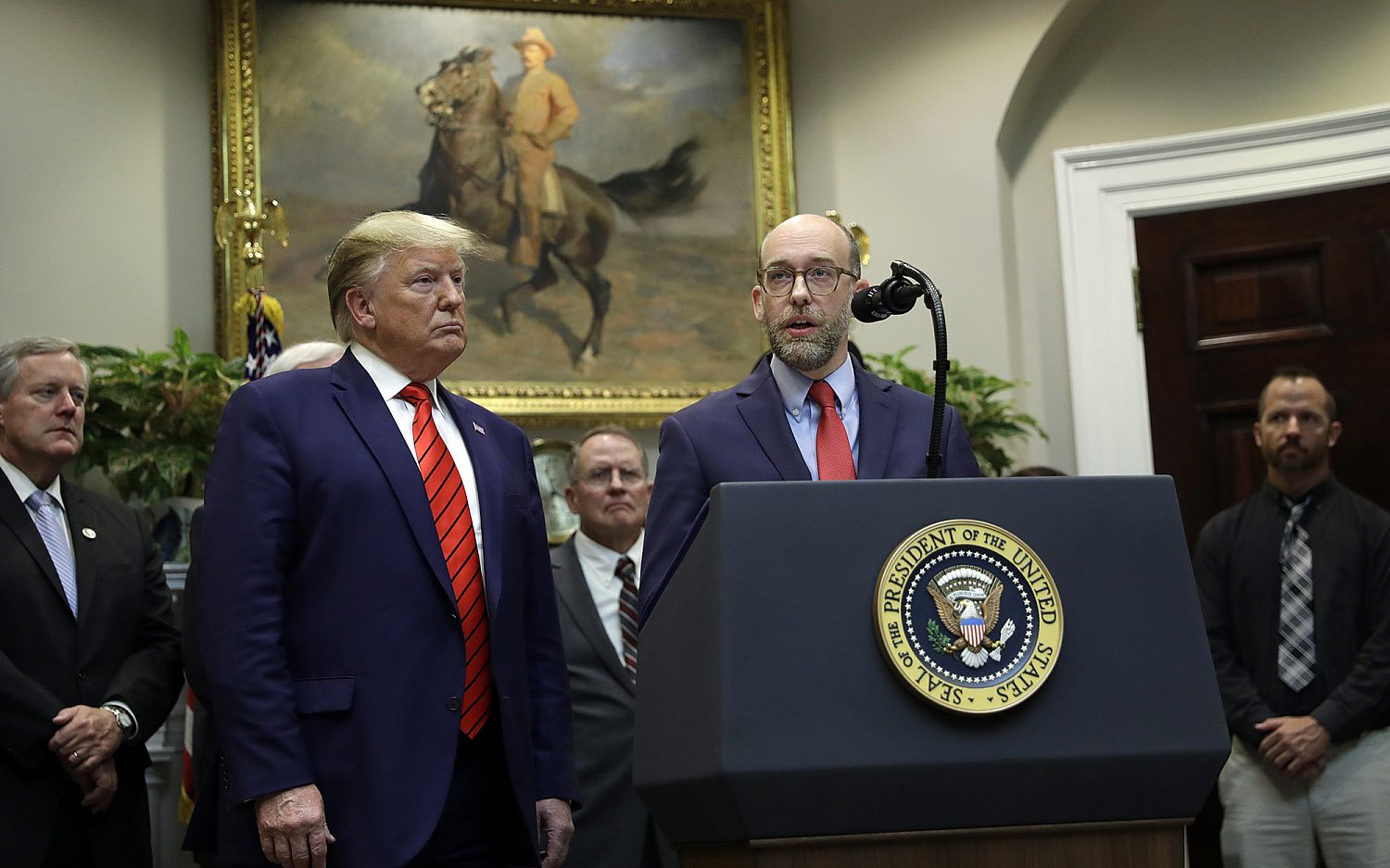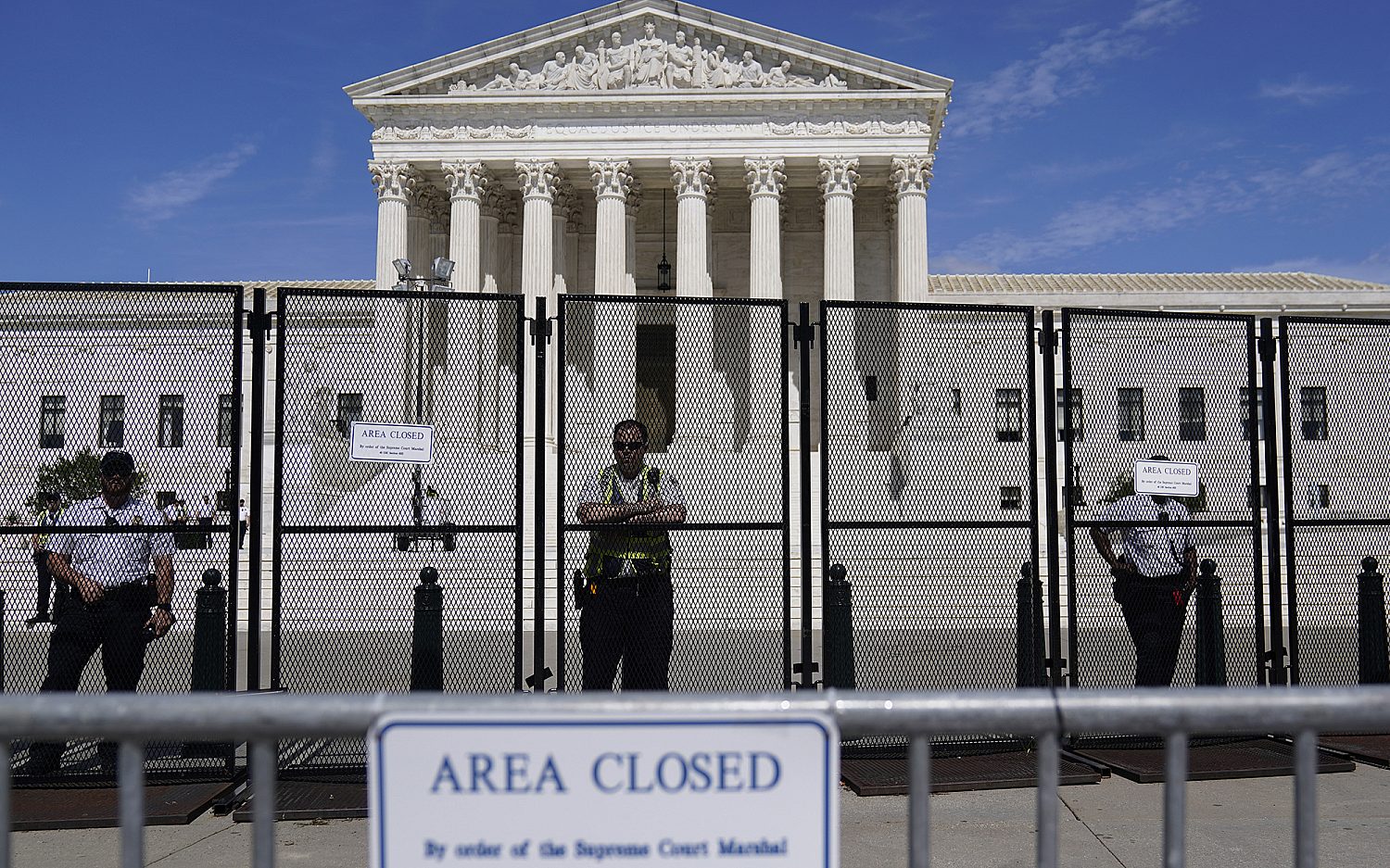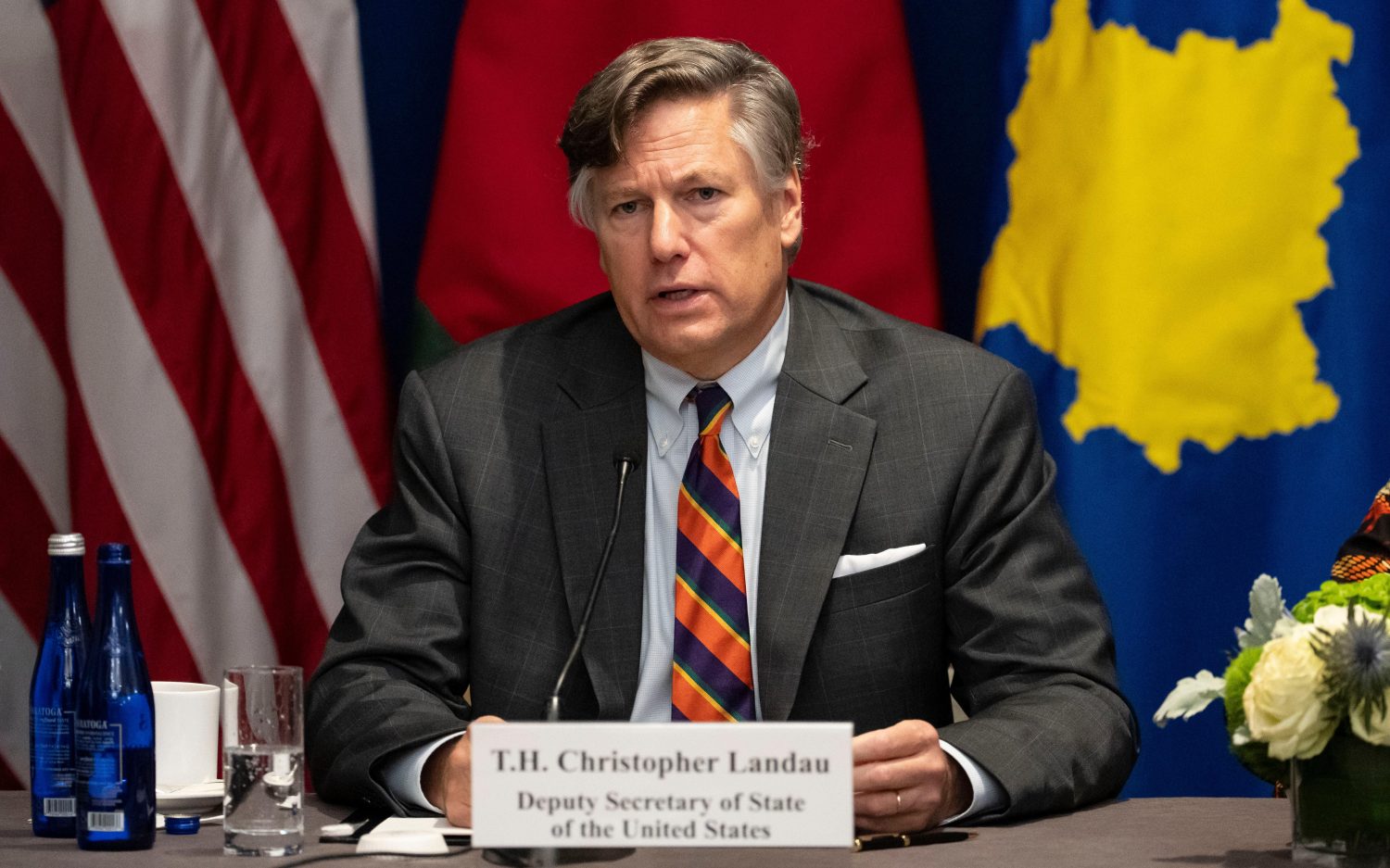Next stop school choice
Alternative education activists take their National School Choice Week message on a cross-country train tour
ORANGE COUNTY, Calif.—America’s education system is failing to make the grade. A study cited by the Heritage Foundation notes that "out of the nearly 14,000 public school districts in the U.S., only 6 percent have average student math achievement that would place them in the upper third of global performance."
School choice proponents, who say they have part of the solution to this problem, took their message cross-country this week. Reminiscent of the whistle-stop train tours of the early 20th century that highlighted women’s suffrage, this modern day imitation included 14 stops and more than 3,600 events designed to spotlight National School Choice Week.
Yellow scarves and balloons illuminated train stations and schools across the nation as thousands celebrated the growing trend of charter schools, homeschools, virtual education and school vouchers. The train tour, a bipartisan endeavor involving more than 250 organizations, embarked at Union Station in Los Angeles on Jan. 25 and winds down on Feb. 2 in New York City.
At Oxford Preparatory Academy in Mission Viejo, Calif., students and teachers commemorated the week (and the charter school’s hard-fought existence) with several yellow-themed spirit days and a showing of Won’t Back Down, a movie highlighting the struggles and successes of the growing movement.
Most alternatives to traditional public education have experienced significant growth in recent years, with charter schools—tuition-free public schools that operate independently and without the constraints of traditional public schools—more than doubling during the past decade. In some areas, the demand for high-performing charter schools far exceeds supply, forcing students to submit their names into a public lottery.
The first charter school opened in 1992, and by 2002, charter enrollment had grown to half a million students. That number surpassed one million by 2006 and then doubled to two million just five years later. An estimated 610,000 students are currently on waiting lists for charter schools in 41 states and the District of Columbia.
California has favorable charter school laws, but obstacles still exist. Oxford had to share a building with a low-enrollment traditional public elementary school during its 2011 inaugural year and has fought the massive clout of teachers unions for each request taken to the Capistrano Unified School District. Persistent parents and administrators refuse to back down.
When Oxford's request for increased enrollment (based on hundreds of waitlisted siblings and prospective students) seemed doomed to fail last spring, more than 500 parents showed up at the district school board meeting wearing the teal and black school colors, and the request was approved.
But the battles continued. During school board elections last fall, anonymous complaints surfaced, accusing Oxford of cheating on standardized tests. During its first year in existence, Oxford astounded Orange County with an impressive Academic Performance Index (API) of 993—the highest state testing score among elementary schools in the county. After both sides completed independent investigations, Oxford was exonerated of all charges. But the school spent more than $57,000 in the process.
"Why are the unions mad? The same old paradigm is not in place anymore," Oxford founder Sue Roche told me. "There are more charter schools than ever before—it’s not just a few here and there—and more people want to open them."
Only nine states do not have charter school laws: Alabama, Kentucky, Montana, Nebraska, North Dakota, South Dakota, Vermont, Washington, and West Virginia. Charter organizations in states that do have a charter school presence are continually working to protect and improve the laws in place.
Union activists accuse the schools of taking much-needed tax dollars from traditional schools when students leave their local public campuses for a charter alternative in their district. Parents such as Julie Collier argue they should have a choice in how their tax dollars are used to educate their children.
Collier, an Oxford founder and director of Parents Advocate League, traveled to Sacramento last summer to speak before the state’s Senate Education Committee about the latest bill targeting charter schools in the state, AB 1172. The California Teachers Association, the state’s largest labor union and an affiliate of the National Education Association, sponsored the bill, which would have allowed school districts to deny charter school petitions based on negative fiscal impact to the district.
“I just want the legislators to understand that charter schools are important,” Collier said. “They offer choice and something different,” Collier said. The bill failed to pass the committee.
Roche argues that the money should follow the students.
“It’s very easy to say, ‘I work at this school and we have all the kids in this neighborhood who automatically just come to us,” she said. “We don’t have to do anything to get them to come to us. We just have to exist.’”
She contrasts this mentality with that of her school: “If we don’t attract people to our school, we don’t have a school.”
Listen to a report on National School Choice Week on WORLD’s radio news magazine The World and Everything in It.
An actual newsletter worth subscribing to instead of just a collection of links. —Adam
Sign up to receive The Sift email newsletter each weekday morning for the latest headlines from WORLD’s breaking news team.





Please wait while we load the latest comments...
Comments
Please register, subscribe, or log in to comment on this article.